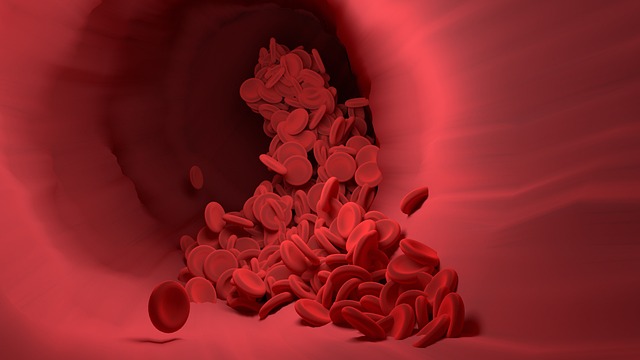Rivaroxaban is classified as a direct oral anticoagulant. It is one of the most commonly used anticoagulants within this class (in addition to apixaban). In this blog post, I’ll share the 5 most important rivaroxaban clinical pearls that may appear in practice or on a board exam!
Dosing of Rivaroxaban
There are a couple of clinical pearls to remember when dosing rivaroxaban. It is not a one-size-fits-all treatment regimen. The treatment dosing of DVT is higher than the prophylaxis dosing. This is something that we might anticipate but what exactly is the dosing? The DVT treatment dose of rivaroxaban is 15 mg twice daily for 21 days, then 20 mg daily.
The post-op prophylaxis dosing is reduced compared to the treatment dosing. Post-op prophylaxis dosing is 10 mg daily. Preventing blood clots in patients with atrial fibrillation also requires a different dosing regimen for rivaroxaban. The recommended dosing for this indication is 20 mg daily.
Avoid the use of rivaroxaban for DVT treatment or prevention in patients with a creatinine clearance < 30 mls/min. The data is not there to support the safety of this medication in this patient population.
Dual P-Glycoprotein and CYP3A4 Inhibitors
Major interactions with CYP3A4 and P-glycoprotein exist with rivaroxaban. Strong inducers can reduce concentrations while strong inhibitors can increase bleed risk. Here are a few quick highlights of these interactions.
Avoiding the use of rivaroxaban is recommended in patients on dual inhibitors of p-glycoprotein and CYP3A4. What are these drugs you ask? Here are a few examples, and you will probably notice that these drugs aren’t used crazy often.
- Ketoconazole
- Itraconazole
- Ritonavir
CYP3A4 Inducers
Avoiding the use of CYP3A4 inducers with rivaroxaban is also recommended. Carbamazepine is a medication that I do see used occasionally. Phenytoin, rifampin, and primidone are also other agents that I see used from time to time. Keep an eye out for these as they will actually lower concentrations of the rivaroxaban, and potentially lead you down the path of treatment failure, increasing the risk of stroke by not having adequate concentrations.
St. John’s wort is an OTC supplement with CYP3A4 induction capability.
Converting Warfarin to Rivaroxaban
Converting anticoagulants is always a possible question on board exams, and I would recommend knowing the common ones and would include a conversion of warfarin to rivaroxaban in that category. Converting from warfarin is a fairly simple switch. Once the INR is less than 3, simply discontinue warfarin and start rivaroxaban in its place. This is unique from apixaban and dabigatran which recommend a conversion when INR is less than 2.
If you are looking for more information on rivaroxaban pharmacology, be sure to check out this podcast episode!



Meal is an important factor when using Rivaroxaban. It should be mentioned when dosing.